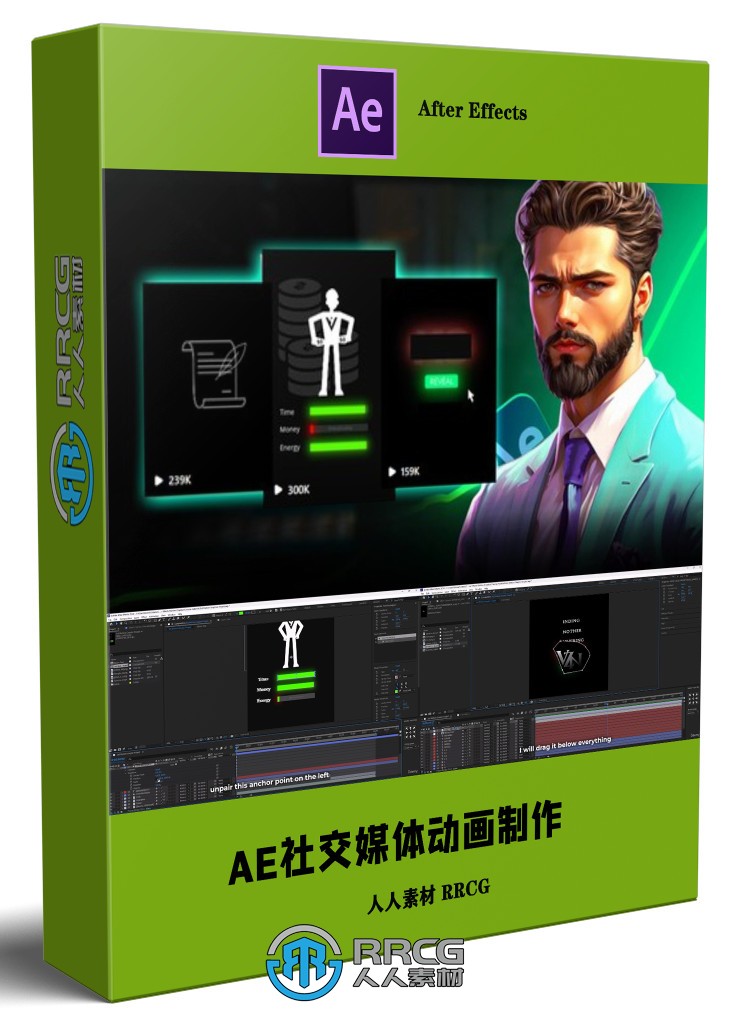
今天RRCG要带给大家一个超酷的教程,教你如何在After Effects中制作社交媒体上最火的动画效果。是的,你没有听错,我们要学的就是——《AE社交媒体动画效果实例制作视频教程》!让我们一起轻松愉快地学习吧!
在这个课程里,你将学到很多宝贵的技能,比如:
Motion Graphics基础知识:了解After Effects中的基本原理和技巧。
流畅的动画制作:掌握制作流畅而引人入胜的动画技能。
重现热门Instagram动画:一步步指导你如何重现三款超火的Instagram动画。
高级特效和合成:学习如何集成特效和合成多个元素,打造专业级动画。
听起来很厉害吧?别担心,你只需要对Adobe After Effects的界面有个基础的了解就可以了!
无论你是新手还是有经验的用户,这个课程都会手把手带你学习,通过重现三款热门动画,你将掌握After Effects的精髓,制作出令人惊艳的动画效果,吸引观众的眼球!
让我们具体看看你会学到些什么:
After Effects基础:熟悉After Effects的界面、工具和工作流程。
Motion Graphics技巧:学习制作流畅而引人入胜的动画技巧。
重现热门动画:通过详细的步骤指导,重现三款热门动画,提升实战技能。
动画原理:掌握动画的核心原理,包括时间、间隔和缓动效果。
特效添加:发现如何添加各种酷炫特效。
项目工作流程:开发高效的项目工作流程,简化你的动画制作过程。
为什么你应该选择这门课程呢?
保持领先:掌握最新的技术和行业标准,获得竞争优势。
提升作品集:制作出令人惊艳的动画,丰富你的作品集。
增加参与度:学会制作能吸引并吸引观众的内容。
实用技能:获得可以应用于各种项目的实战经验,从营销到娱乐应有尽有。
职业提升:无论你是自由职业者还是创意团队的一员,掌握Motion Graphics都能为你打开新的职业大门。
这门课程适合谁呢?
初学者:想要学习基础并开始制作动画的新手。
中级用户:有一定After Effects经验,想提升技能、挑战更复杂项目的个人。
平面设计师:想扩展技能,加入Motion Graphics的专业人士。
社交媒体经理:想制作吸睛动画,提升社交媒体参与度的内容创作者。
营销专业人士:想将Motion Graphics融入营销策略,打造更具吸引力内容的专业人士。
这门课程是为所有想在Adobe After Effects中掌握动画的人量身打造的。赶紧加入我们,开始你的创意之旅吧!别忘了点赞、订阅和分享RRCG哦!
本教程是关于AE社交媒体动画效果实例制作视频教程,时长:2小时13分,大小:1 GB,MP4高清视频格式,使用软件:After Effects,作者:Buzz Argent,共10个章节,语言:英语。RRCG分享
更多相关内容请关注:AE视频教程专区,AE模板专区,中文字幕教程专区
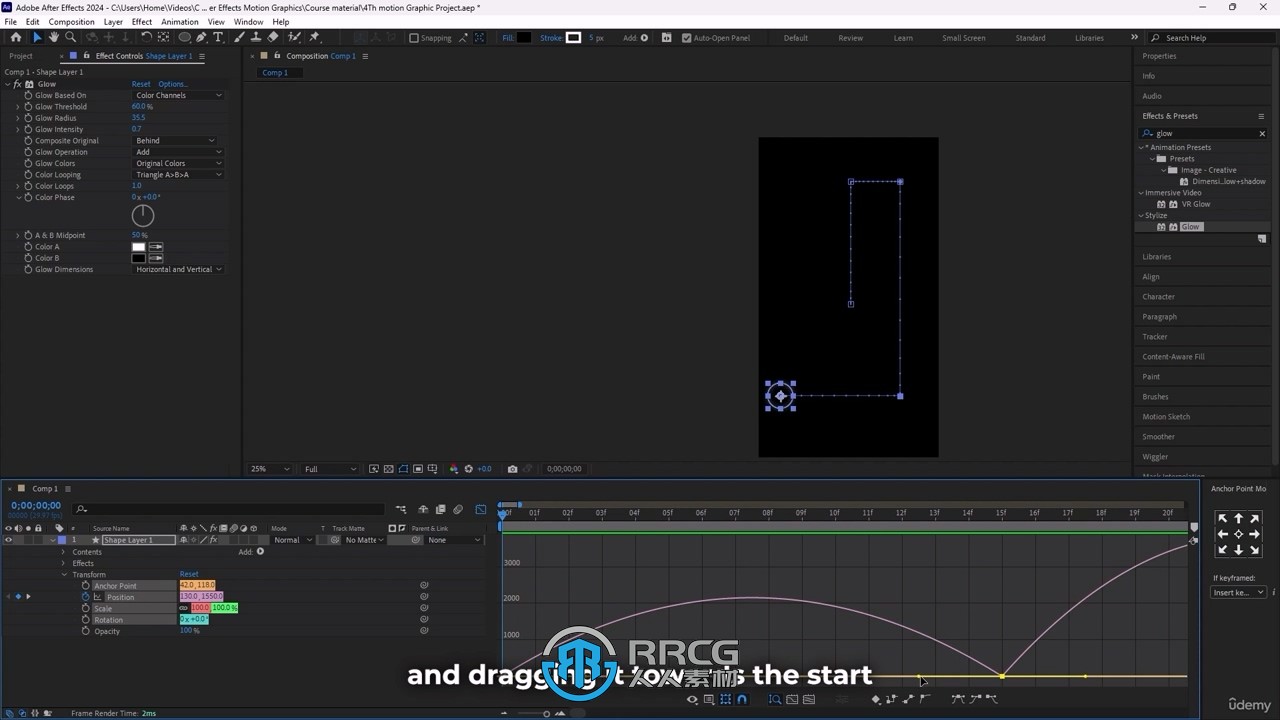
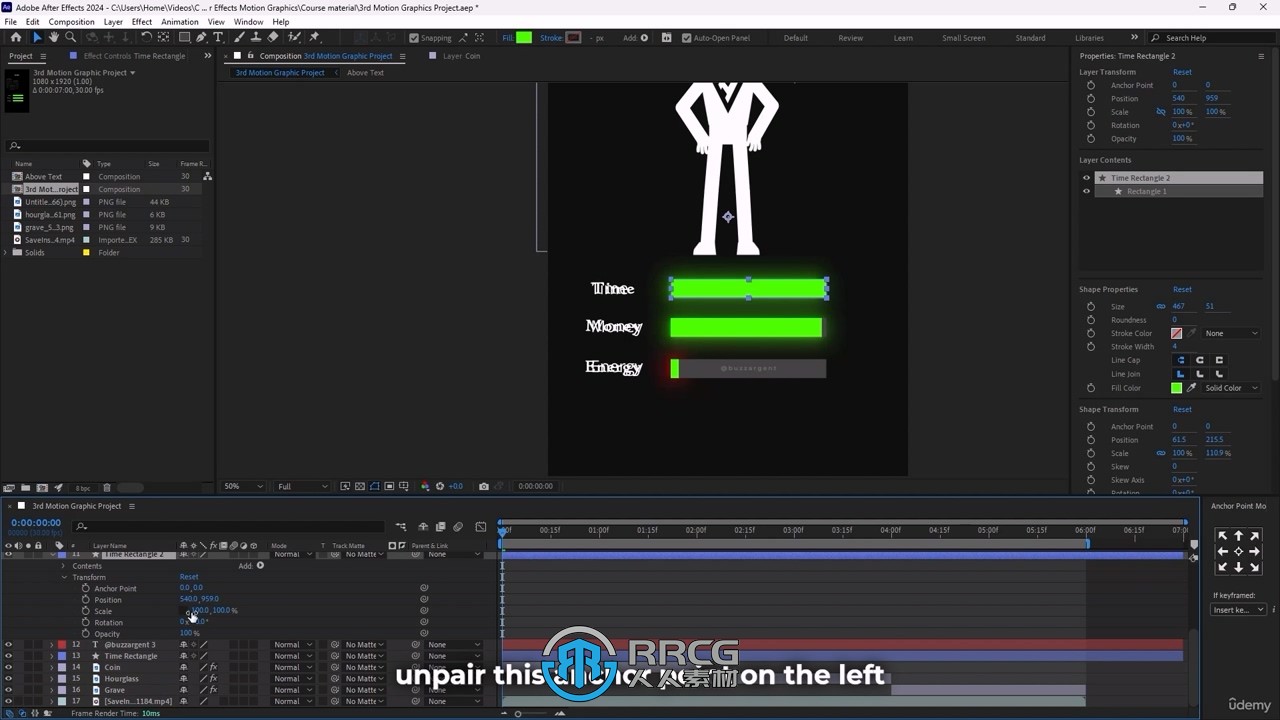
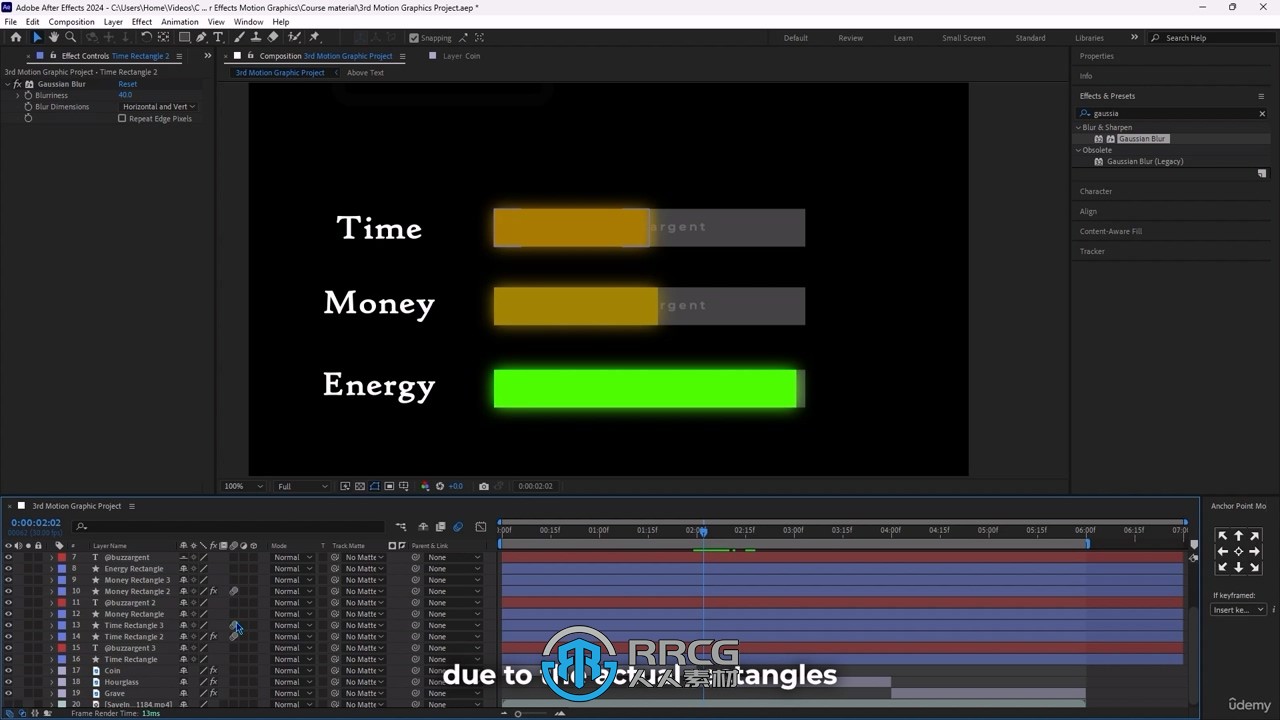
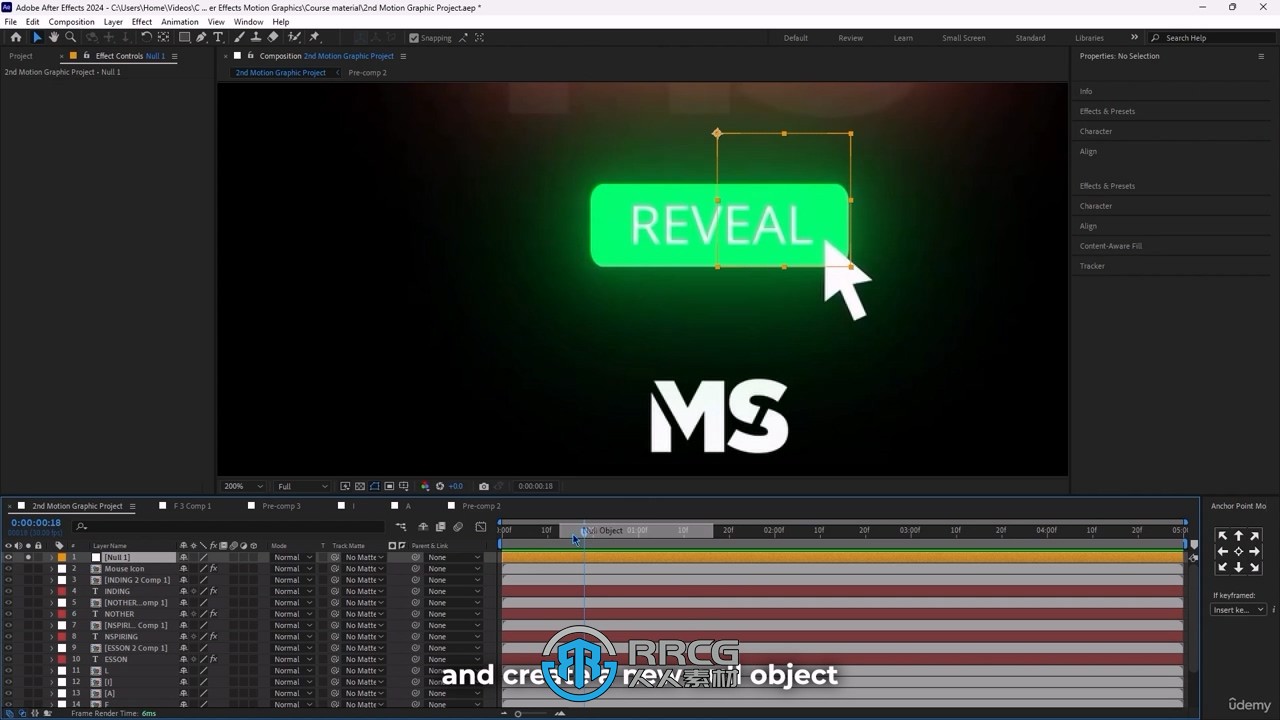
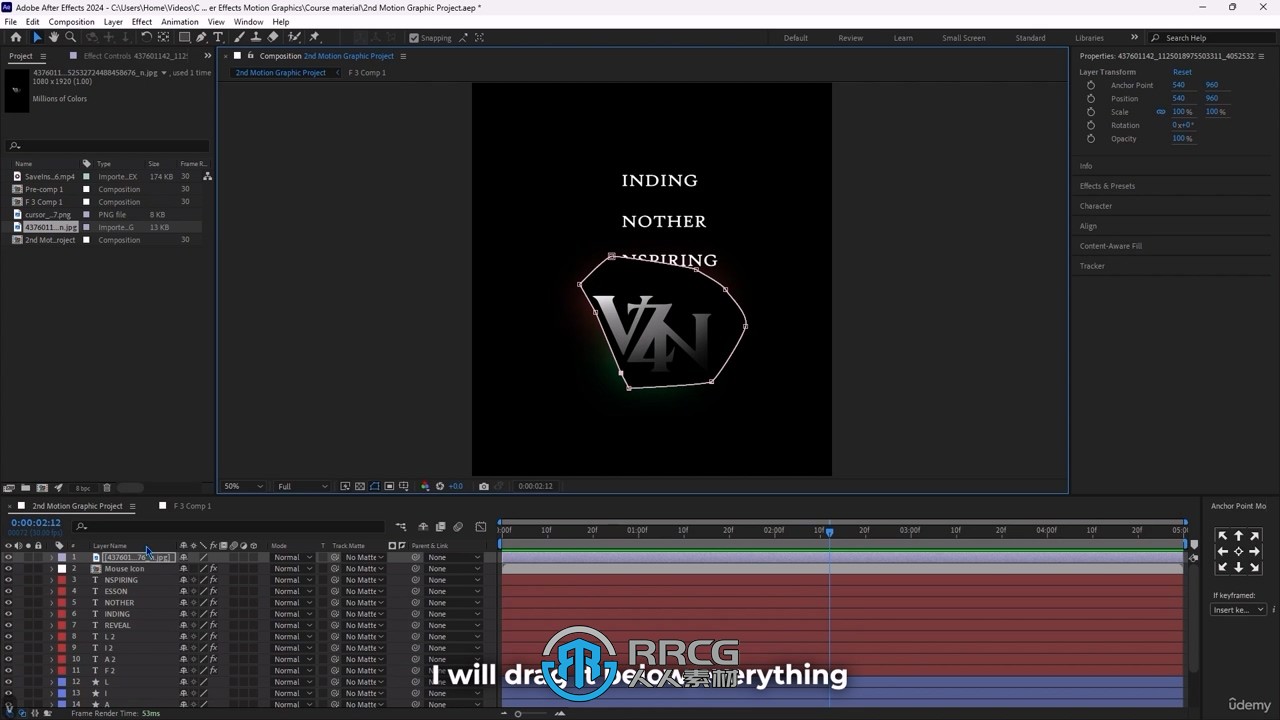
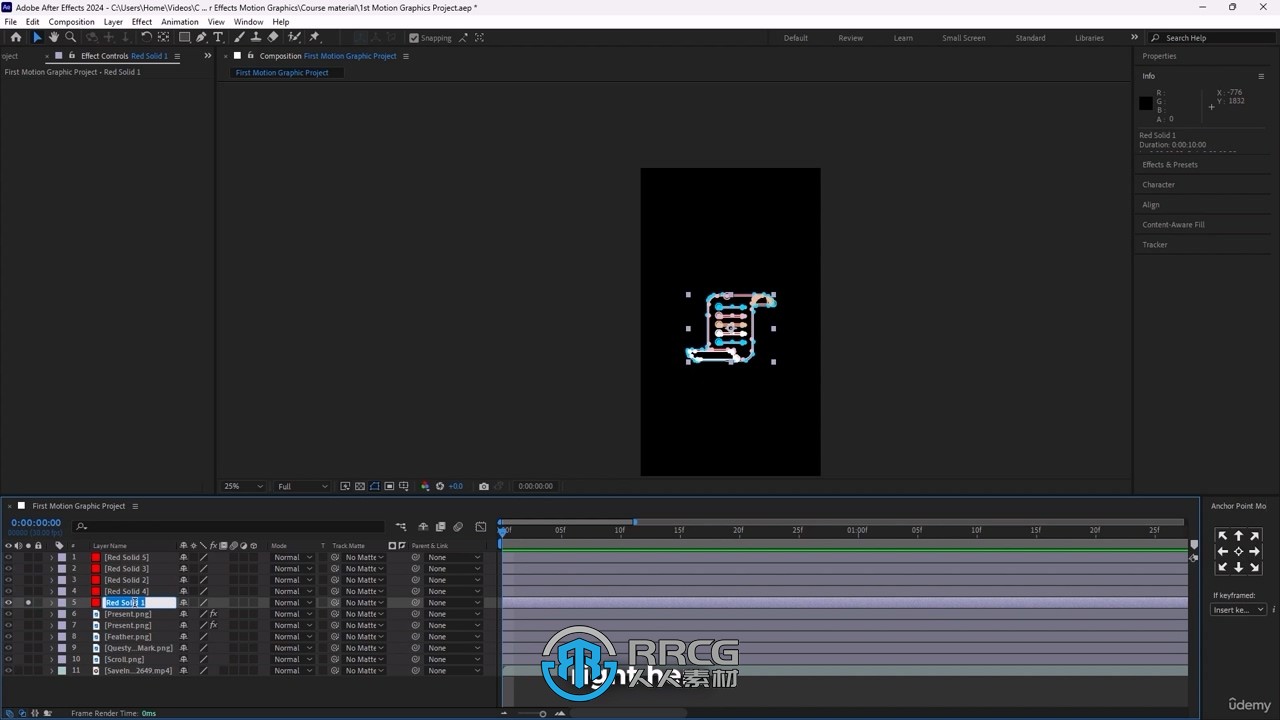
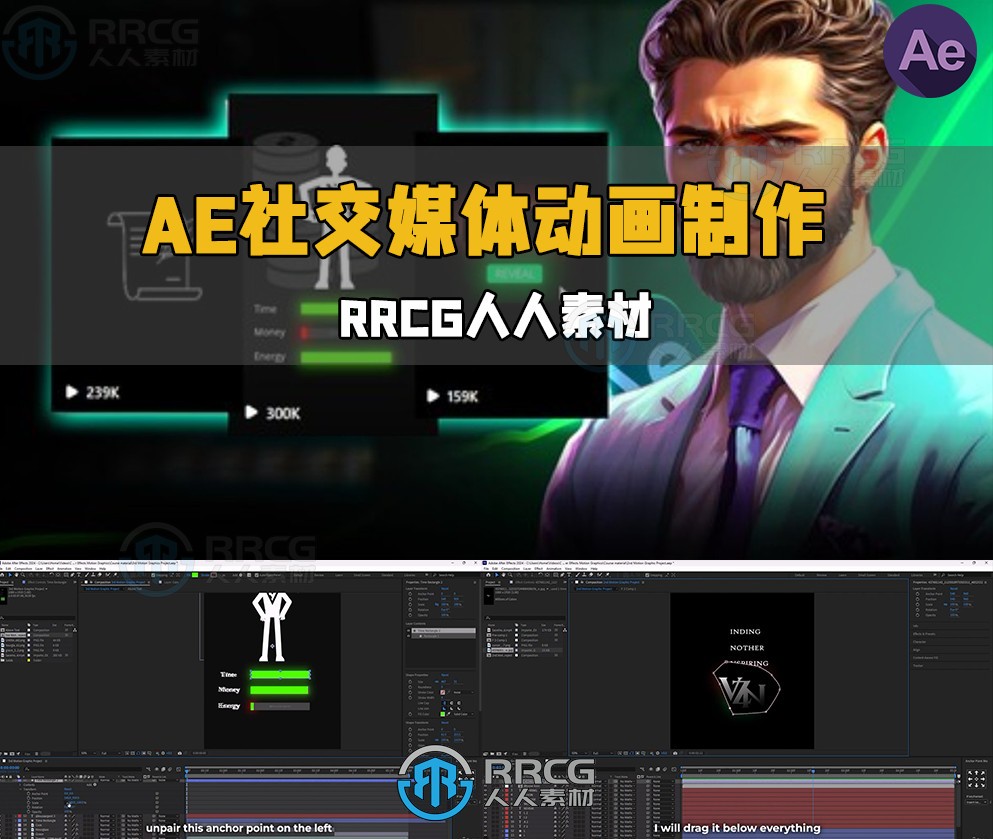
本教程是关于AE社交媒体动画效果实例制作视频教程,时长:2小时13分,大小:1 GB,MP4高清视频格式,使用软件:After Effects,作者:Buzz Argent,共10个章节,语言:英语。RRCG分享
下载地址:
网盘地址:
夸克:https://pan.quark.cn/s/82c6b5a70213提取码:mVbj
度盘:https://pan.baidu.com/s/1qUTnVd658vOpfgaalTatPw
123盘:https://www.123pan.com/s/USXfjv-PZ0d3.html
115盘:https://115.com/s/swz1i4q3nrq#
提取码:
更多相关内容:
After Effects精美设计动画AE模板合集2024年第一季:
https://www.rrcg.cn/thread-16787435-1-1.html
【中文字幕】物体运动动画原理应用于用户体验设计视频教程:
https://www.rrcg.cn/thread-16788116-1-1.html
【中文字幕】After Effects动态信息图表动画制作视频教程:
https://www.rrcg.cn/thread-16786157-1-1.html
【中文字幕】After Effects动画制作核心技能训练视频教程:
https://www.rrcg.cn/thread-16785951-1-1.html
更多相关内容请关注:AE视频教程专区,AE模板专区,中文字幕教程专区
|
 2 枚CG币
回复本帖可获得 2 枚CG币奖励! 每人限 1 次
2 枚CG币
回复本帖可获得 2 枚CG币奖励! 每人限 1 次 







 /2
/2 